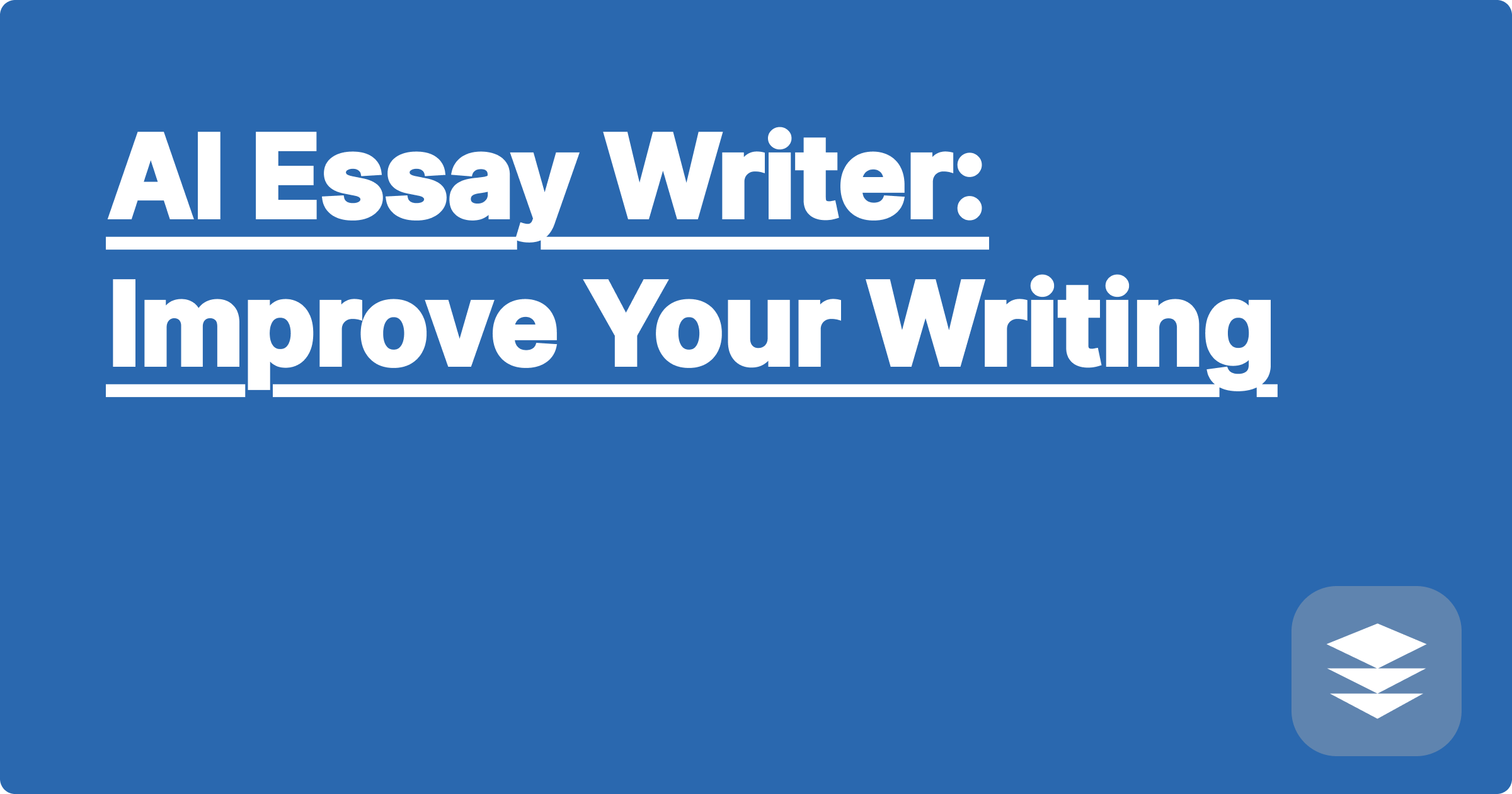
The demands of STEM research are immense, requiring students and researchers to juggle complex data analysis, intricate visualizations, and rigorous academic writing. Time is a precious commodity, and often, traditional methods of research can feel like wading through treacle. Imagine a world where you could accelerate your research, generate insightful visualizations effortlessly, and even streamline your academic writing. That world is closer than you think, thanks to the power of artificial intelligence. AI-powered tools are rapidly transforming the STEM landscape, offering a suite of productivity hacks that can significantly boost your research output and overall academic success. This blog post delves into the practical application of these tools, focusing specifically on how they can revolutionize data analysis and visualization, ultimately freeing up your time for the more creative and intellectually stimulating aspects of your research.
For STEM students and researchers, efficiency is paramount. The ability to quickly analyze data, generate compelling visualizations, and effectively communicate findings can be the difference between a successful project and one that stalls. The integration of AI tools into the research workflow is not just a trend; it's a fundamental shift in how we approach scientific inquiry. By harnessing the power of AI, you can not only save valuable time but also unlock new levels of insight and productivity, giving you a competitive edge in your academic pursuits. This translates to more publications, stronger grant applications, and ultimately, a more impactful contribution to your field.
STEM research often involves dealing with massive datasets, complex equations, and intricate visualizations. Traditional methods of data analysis can be time-consuming and prone to errors. Manually creating visualizations, for example, can take hours, even days, and may not always effectively communicate the underlying data trends. Furthermore, the pressure to publish research findings quickly and effectively adds another layer of complexity. Students and researchers often struggle to balance the demands of data analysis, visualization, and academic writing, leading to burnout and decreased productivity. This is where AI-powered tools offer a transformative solution.
AI tools like ChatGPT, Claude, Wolfram Alpha, and others can significantly streamline the research process. ChatGPT and Claude can assist with literature reviews, brainstorming research questions, and even drafting sections of your manuscript. Wolfram Alpha excels at complex calculations and can even generate visualizations based on your data. Imagine effortlessly creating stunning graphs and charts with a few simple prompts. These tools can also help you identify patterns and trends in your data that might otherwise be missed, leading to more insightful analysis and more impactful conclusions.
Let's walk through a practical example. Suppose you're researching the effects of different fertilizers on crop yield. You've collected a large dataset containing information on fertilizer type, soil composition, and crop yield. First, you can use a tool like Wolfram Alpha to perform statistical analysis on your data, identifying correlations and significant differences between groups. Then, using the same tool, you can generate visualizations, such as scatter plots or bar graphs, to illustrate these findings. Finally, you can use ChatGPT or Claude to help you articulate these results in a clear and concise manner for your research paper.
In the field of genomics, AI tools can analyze vast amounts of genetic data to identify potential disease markers. Researchers can use these tools to predict the efficacy of new drugs and personalize treatments based on individual genetic profiles. In materials science, AI can be used to predict the properties of new materials, accelerating the development of more efficient and sustainable technologies. For example, researchers can use AI to predict the tensile strength of a new alloy based on its chemical composition, saving valuable time and resources. In environmental science, AI can analyze satellite imagery to monitor deforestation rates and predict the spread of invasive species, providing crucial information for conservation efforts.
To maximize the benefits of AI in your research, it's crucial to understand the strengths and limitations of each tool. Start by experimenting with different AI platforms to find the ones that best suit your needs. Don't be afraid to try different prompts and refine your queries to get the most accurate and relevant results. Remember that AI tools are meant to augment, not replace, your own critical thinking and expertise. Always validate the results generated by AI with your own knowledge and understanding of the subject matter.
Integrating AI tools into your research workflow can significantly enhance your productivity and the quality of your work. These tools are not just about automating tedious tasks; they are about empowering you to think more creatively and strategically about your research. By embracing the power of AI, you can unlock new levels of insight, accelerate your research progress, and ultimately make a greater impact in your field. Start exploring the vast potential of AI today and discover how it can transform your STEM research journey. Consider joining online communities and forums dedicated to AI in research to stay updated on the latest advancements and best practices. The future of STEM research is here, and it's powered by AI.
AI Robotics Sim: Test Designs Efficiently
AI Quiz Maker: Personalized Learning
AI Biology Solver: Understand Concepts
AI for Research: Data Analysis Power
AI Essay Writer: Improve Your Writing
AI Algebra Solver: Get Unstuck Now!
AI Prep: Conquer STEM Challenges
AI-Powered Lab Notebooks: Boost Efficiency